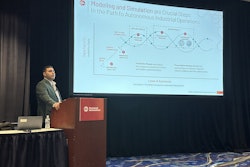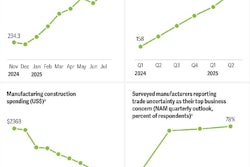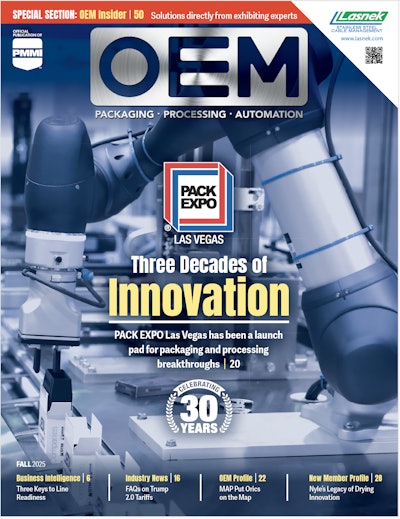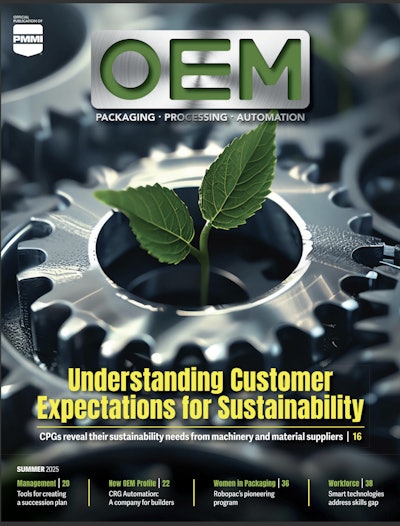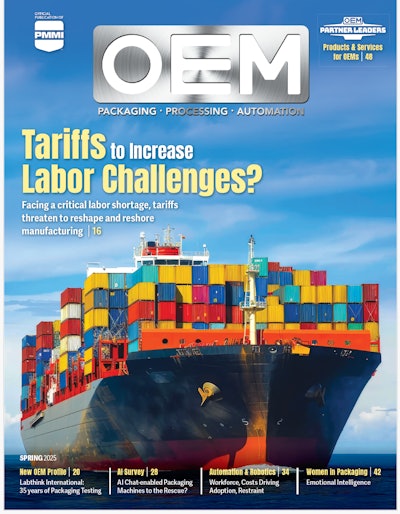Part of keeping in touch with machine standards means performing required risk assessment procedures. Risk compliance is imperative because the process identifies potential risks, enables mitigation, and results in a safer machine.
That’s according to PMMI Business Intelligence’s “The Impact of Global and Local Standards on OEMs & Suppliers,” a white paper that discusses why standards are important to machinery builders, what core standards are relevant to packaging and processing, how to determine what standard(s) to follow, and what is currently happening with standards. The report also includes a list of links to standards, documents, and resources that PMMI offers to its members.
The Business Intelligence team notes that end users often specify risk assessment in purchase orders for new equipment. This stipulation strengthens relationships between users and suppliers, serves as a foundation for in-house safety procedures, and ensures the same standards are being followed across lines, plants, and countries.
Further insight reveals that the risk assessment process needs to be in place at the beginning of the design phase, as the ability to change the design declines as the design progresses, and the cost of changes increases.
A formal risk assessment provides data that shows the equipment can be used safely and confirms due diligence and uniformity in machine design. The risk assessment process can reduce downtime, costs, and product liability and helps meet CE Marking requirements. Moreover, the process helps machinery suppliers and component suppliers decide where to focus money from the machine design budget. This results in a better machine design.
Risk is estimated by considering the severity and the probability of a hazard and can be organized in many ways, but a common approach is to use a risk matrix that classifies the “Probability of Harm” in a range from “Very Likely” to “Remote” on one axis and the “Level of Severity” from “Catastrophic” to “Minor” on the other axis. Although risk is primarily associated with safety, it also may impact productivity, equipment, environment, and reputation.
SOURCE: PMMI Business Intelligence: 2025 The Impact of Global and Local Standards on OEMs & Suppliers
For more insights from PMMI’s Business Intelligence team, find reports, including “2025 Performance Optimization: Insights for Packaging Line Readiness” and “2025 Aftermarket Parts & Services” at pmmi.org/business-intelligence.
Download the FREE report below.







